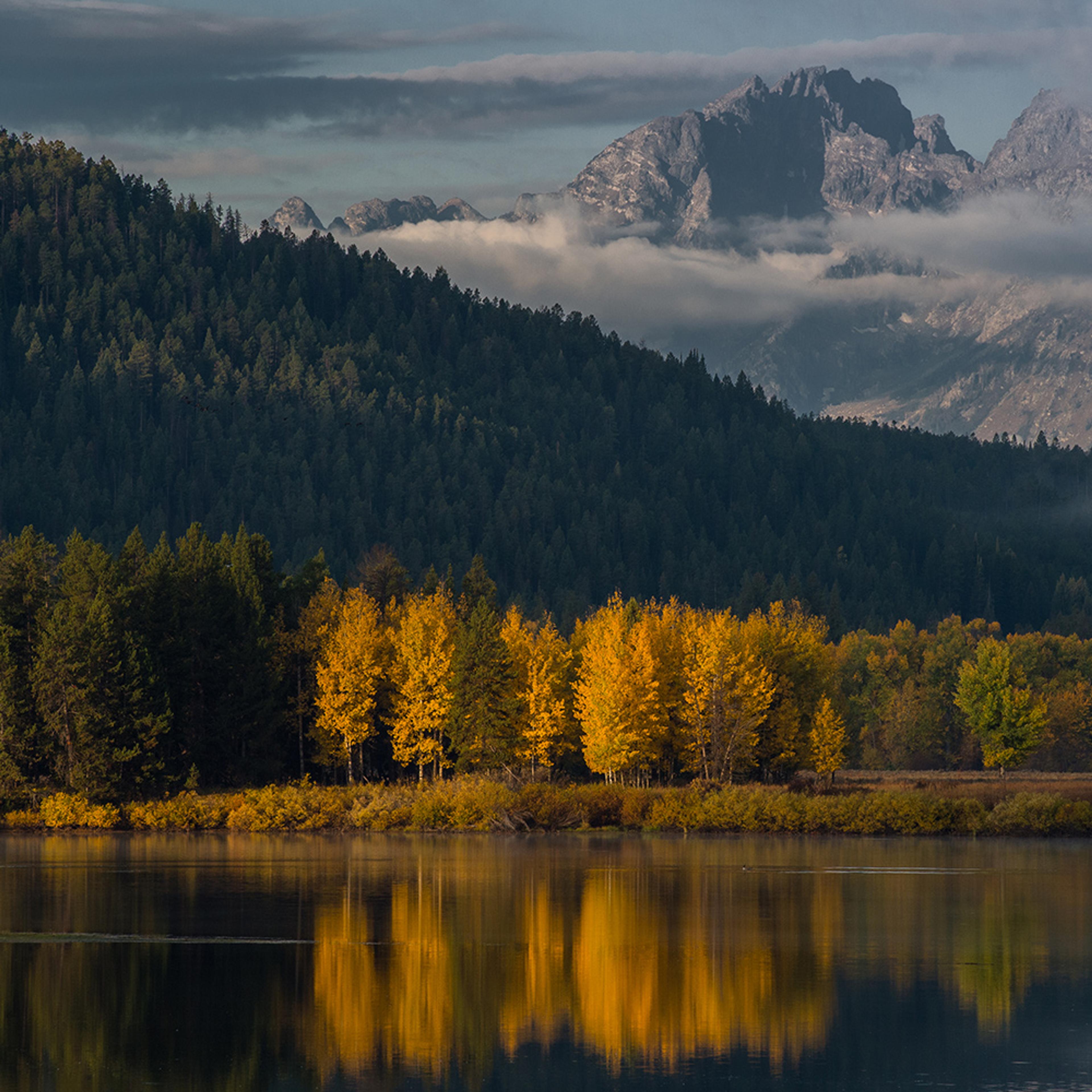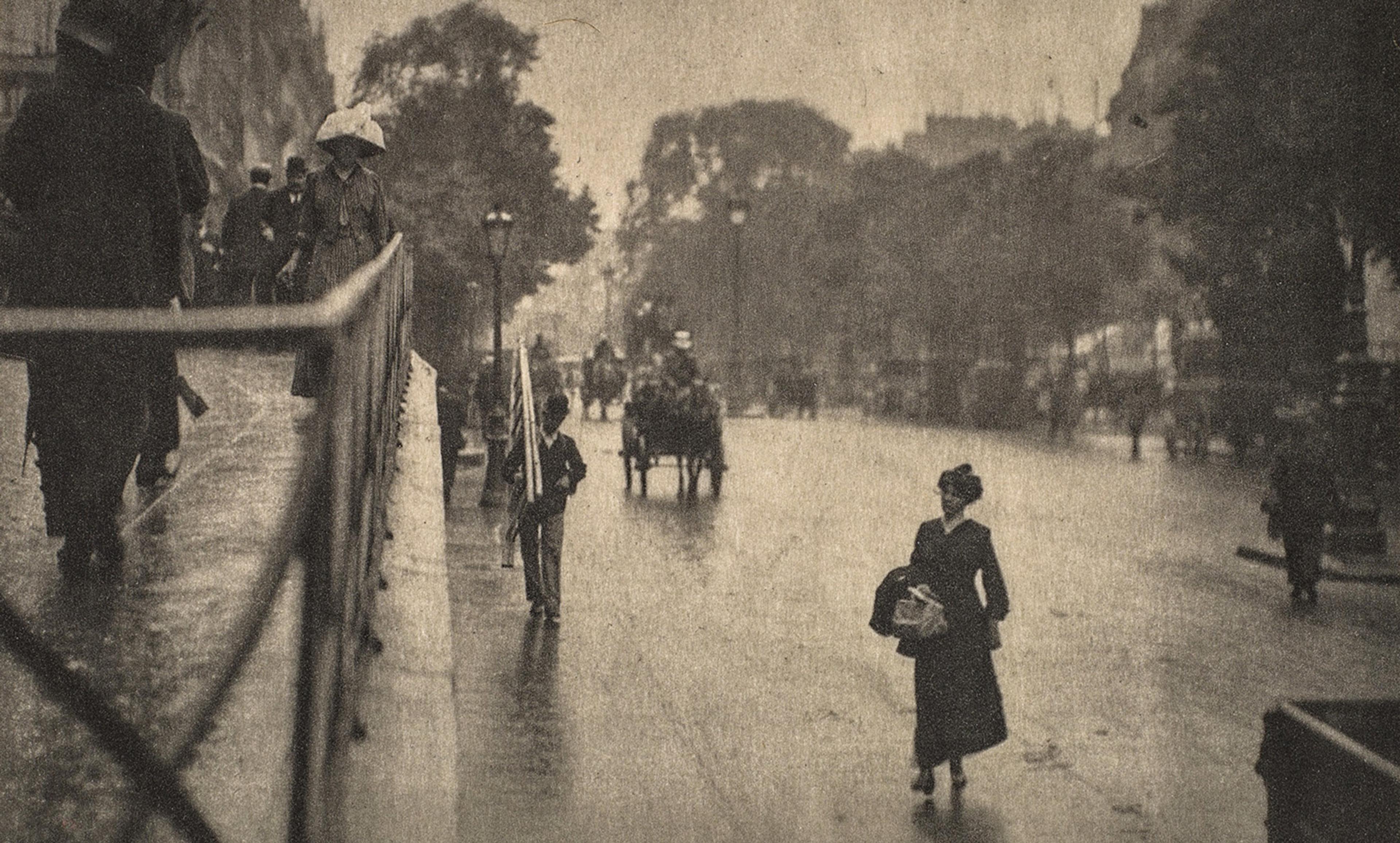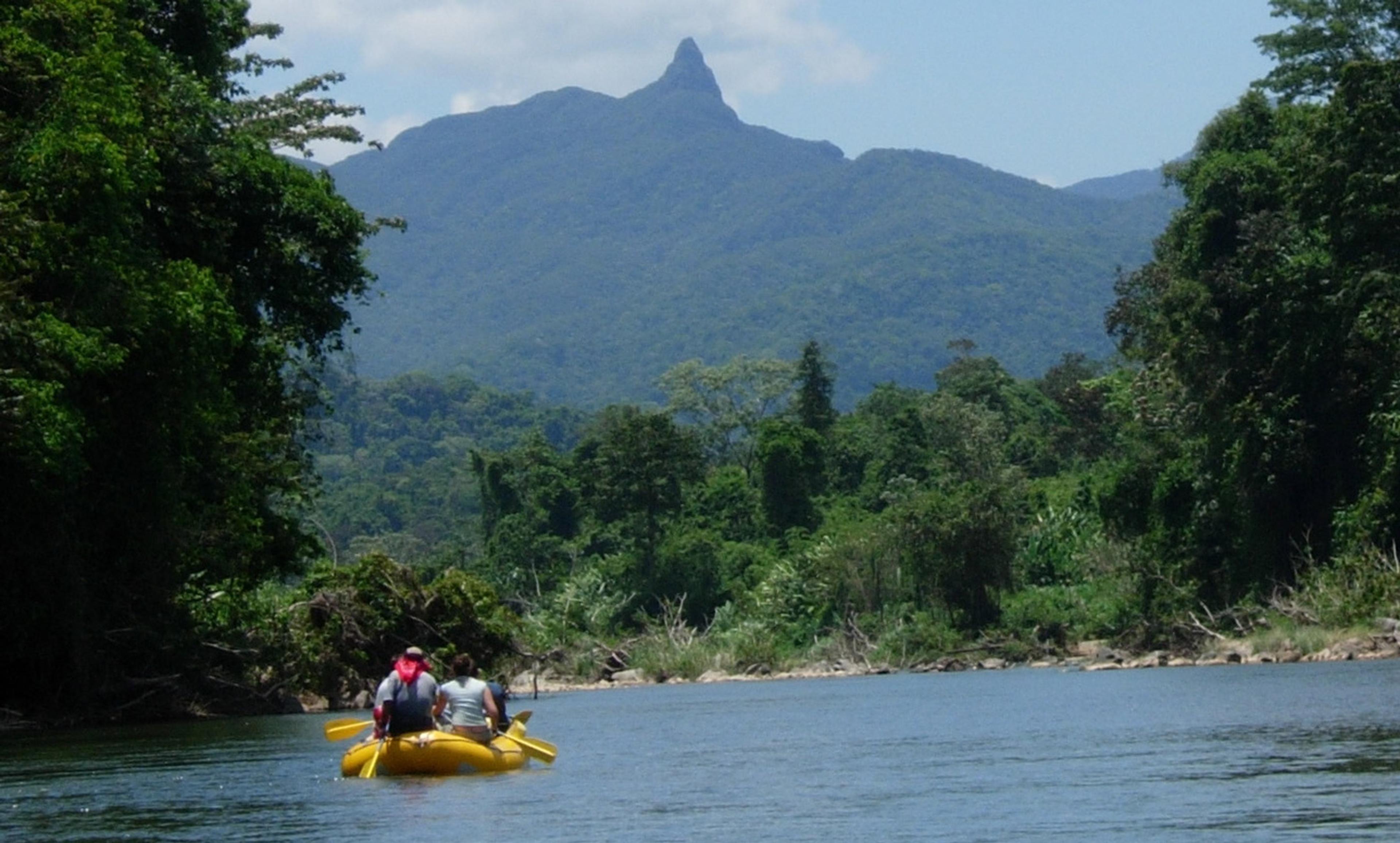Diana Robinson/Flickr
A new government programme in South Korea encourages hikers to slow down and enjoy nature. The reason behind the initiative is that South Koreans are, it seems, taking many of the stresses of their daily life along on the trails, bringing the competitive streak from the city to the supposed tranquility of the outdoors. The tendency to rush and ‘do’ nature as quickly as possible led this government to tell its citizens to take their time to appreciate their natural surroundings.
The idea of slowing down, even for just a moment, leads to the question: how do you approach time outdoors? We ought not to have it dictated how we ‘should’ enjoy nature. Some might want to run up trails as fast as possible for exercise. Others might prefer to remain in their cars and take in scenic views. But there are ways of consuming the outdoors – of ‘doing’ nature at a bustling pace – that suggest these ways are part of the problem, rather than its solution.
I am currently touring the United States’s national parks, producing a podcast and writing a blog along the way. The National Park Service makes accessible tourist destinations of remarkable natural beauty. But one can now read one-star reviews of national parks, on Yelp. ‘Terrible experience. We drove into the park and were unable to find parking ANYWHERE,’ complained one reviewer about Yosemite, before adding: ‘How about you cut down the surrounding burned trees and make another parking lot or five?’ Another wrote, about Crater Lake: ‘SNORE… once you’ve taken a good long look at the lake (10 mins) and snapped a few photos, you’re done.’ And if you go to the Grand Canyon, take note: ‘Pretty much all of the really awesome things you could potentially do here are basically off-limits for a day‑tripper.’
Funny though these reviews are, they hint at a deeper issue: a culture of consumerist expectation. Crater Lake exists because of a unique volcanic history, a huge eruption 7,700 years ago that blew the top off the mountain, created the lake, and changed the surrounding landscape. What did the reviewer expect from Crater Lake?
Of course, not everyone wants, or is able, to hike or camp, or has the time to spend many days outdoors, particularly as the dominant national park demographic is car-based elderly folk. But simply stopping for a few minutes, stepping out of the car, taking a deep breath, and getting into a distinct mindset offers up wonderful benefits for mind and body.
For a national park to be seen as a one-star letdown can never be anything but a problem of expectations – expectations that are out of sync with the natural world. Getting away from the consumerist, bucket‑list mentality – of ‘doing’ nature in the national parks – is the least we can do.
Being outside gives us a chance to become immersed in a landscape that is easily accessible and always surprising. Taking 10 minutes of tranquility at the side of a lake, or looking up at a glacial peak, wondering what that tree or that bird is, or how that rock got there, makes me feel both satisfied and overwhelmed.
The US national parks were originally delineated for touristic purposes, making otherwise ‘worthless’ land valuable and protected, and it is for the visitors to ensure that we continue to see the value and worth of these wonderful outdoor spaces.
When I was in Yellowstone, I woke up at 5am to spot wildlife. I waited in the drizzle by the side of the road for four hours and managed to see a wolf, a grizzly, coyotes, bison and a bald eagle. Most cars that came by just slowed down for a glance, saw that there was nothing immediately apparent, and then continued on their way. The next day, I spent two hours watching the Great Fountain Geyser slowly fill up and then erupt, an incredible and powerful experience. Yet just 10 minutes before it was predicted to erupt, I overheard passers-by say they didn’t have time to wait and maybe it wasn’t worth it, especially with Old Faithful only a few miles down the road and this geyser not being particularly famous.
I didn’t drive every road in Yellowstone or hike every trail or even touch the backcountry, but taking that time on both those days ended up being the most memorable experience of my few days in the world’s oldest, most famous national park. Yet I will never think of having ‘done’ it.






